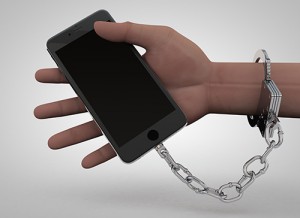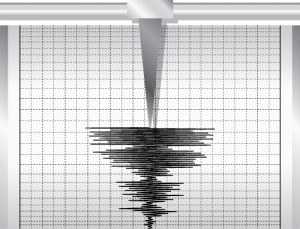 I recently came across the Harvard Genome Project. For the project, a team of Harvard researchers are collecting personal genome information to share with researchers who hope to create breakthroughs in disease eradication and prevention. It struck me that with our ability to share information and make it available to different groups, either intentionally or unintentionally, we have created a double-edged sword. On the one hand, with technology we have greatly expanded research opportunities and created the infrastructure to track down long lost relatives. On the other hand, our privacy may be jeopardized if that research information falls into the wrong hands or if a long lost relative prefers to stay lost. Is the genie out of the bottle, or are we still in control of the exabytes of information in the cloud, some of it personal?
I recently came across the Harvard Genome Project. For the project, a team of Harvard researchers are collecting personal genome information to share with researchers who hope to create breakthroughs in disease eradication and prevention. It struck me that with our ability to share information and make it available to different groups, either intentionally or unintentionally, we have created a double-edged sword. On the one hand, with technology we have greatly expanded research opportunities and created the infrastructure to track down long lost relatives. On the other hand, our privacy may be jeopardized if that research information falls into the wrong hands or if a long lost relative prefers to stay lost. Is the genie out of the bottle, or are we still in control of the exabytes of information in the cloud, some of it personal?
Research for a Brighter Tomorrow
The Internet that we know today was born as the ARPANET under a contract to the United States Advanced Research Projects Agency. Its original intent was to connect research facilities to share information. In December 1969, Stanford University, University of California Santa Barbara, University of California Los Angeles, and the University of Utah were connected to collaborate and advance research. By 1971, several other prominent universities, private research firms, and government agencies had joined ARPANET, extending the geographical reach well beyond the southwestern U.S. The original Internet was intended to further scientific research, not to share cat videos. In that vein, the Harvard project exemplifies the positive aspects of information sharing.
Technology and Democracy
Before we were all connected by technology, there was radio and television, which are “one to many” media. One broadcast, such as the nightly news or a presidential fireside chat, went out to those who chose to listen or watch. There was no way to give feedback or to refute what might be misinformation. Now people around the world can share real time information on developing stories; we no longer have to wait until the five o’clock news or place complete trust in the newscaster.
We can also take on the role of broadcaster. We can participate more deeply in the democratic process by speaking out on issues of the day and join with others to have an impact on legislation that affects our lives. Whether we live in the safety of the U.S. or in a war ravaged country, we have a voice and it can be heard, thanks to technology.
The downside is the ability to spread misinformation. It is important that we choose carefully the news sources that we trust. The Onion has made a sport of parodying trending news but their articles are sometimes quoted as facts. It is up to each one of us to distinguish truth from fiction.
The Privacy Issue
I wrote a blog in July highlighting the breach of private information submitted to the website Ashley Madison. Users expected their personal information to remain private, but hackers who broke into the site published that information. This is where I wonder if the genie is out of the bottle and any information we choose to share, be it our genome data, private photos, our current location, or politically sensitive information, should be considered potentially public. Would we conduct ourselves online differently if we expected our information to go public? Would we be more careful?
Thoughts
Technology advances have allowed us to share research, information, product reviews, political news, or even to find each other. I believe though that with this new power and connectivity comes responsibility that we sometimes take lightly. We need to approach this new world with eyes wide open. Let me know your thoughts.
Kelly Brown is an IT professional and assistant professor of practice for the UO Applied Information Management Master’s Degree Program. He writes about IT and business topics that keep him up at night.











